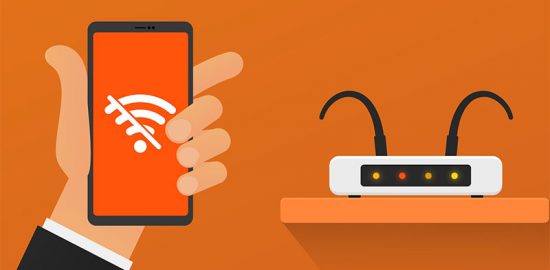How to Know if Your Phone Has Spyware
How to detect spyware on your phone
Tapped phones might exhibit abnormal behavior, including:- A spike in data usage
- Battery drain
- High temperature
- Automatic shutdowns and restarts
- Slow performance
- Odd noises during calls/noises when not in use
- Unintelligible text messages
1. Look for suspicious apps
Browse through the list of apps installed on your phone. If there are any you didn’t install or do not recognize, they could be spyware. This isn’t a foolproof strategy, as spyware can masquerade as an innocuous app or even piggyback on a trusted app, but it will help you identify obvious culprits.2. See if your phone is rooted, jailbroken or trusts unknown sources
If your Android is rooted or your iPhone is broken – and you didn’t do it – it’s sign you might have spyware. On Android, use an app like Root Checker to determine whether your phone is rooted. You should also check to see if your phone allows installs from unknown sources (those outside of Google Play). Browse to SETTINGS > SECURITY > UNKNOWN SOURCES. If unknown sources are trusted and you didn’t enable it, your phone might be hacked. If you have an iPhone, check for an app named Cydia. It enables jailbroken iPhones to install apps from sources outside the Apple Store – a common way to infect phones with spyware.3. Look for suspicious folders and files
Use a file manager app and browse for suspicious folders and files. Android installation files are given the .apk extension; iOS installation files have the .ipa extension (though files from malicious software could have any extension). Also check your downloads folder for unrecognized files. Note that it might be difficult to identify malicious files or even to access the directories they’re store in, so this step can be skipped – especially if you’re not comfortable tinkering in your file system.4. Run a spyware scan
The quickest and easiest way to check your phone for spyware is to scan it with an anti-spyware app. Apps like AVG and Anti Spy for Android and Certo for iPhone offer spyware scanning and removal capabilities. However, spyware scanners aren’t completely reliable and it’s possible they can miss new or advanced spyware.5. Retrace your steps
While retracing your steps won’t definitively reveal whether your phone is infected with spyware, it can help you identify opportunities for spyware installs. Ask yourself these questions:- Has someone who might want to track you had access to your phone? If someone has physical access to your phone, they can install spyware in a matter of minutes
- Could anyone have your iCloud email and password? If so, they can install spyware remotely by exploiting iCloud backup vulnerabilities
- Have you connected your phone to another device you do not own? Free chargers in public places can hack your phone through trustjacking, which uses iTunes WiFi sync to gain access to iPhones, and videojacking, which can use chargers to record your screen
- Have you clicked on links, images or videos in emails and texts from unknown senders? If so, you might have inadvertently installed a virus that placed malware on your phone
- Where did you get your phone? If it was given to you or you bought it from a private seller, it’s possible it came pre-loaded with spyware. This is known as a “trojan” phone
How to remove spyware from your phone
Follow these steps to clean your phone from spyware.- Delete any suspicious apps and files. You can do this manually or follow the recommendations of a spyware scanning app.
- Change your passwords and pins. If you have biometric access enabled, change the method. These actions will help prevent remote access to your device.
- Wipe data and factory reset (OPTIONAL). If you’re concerned you haven’t discovered or removed all the spyware from your phone, perform a factory reset to erase all phone data. It’s the best way to ensure you’ve eliminated all spyware (though some companies claim their software can survive a factory reset).
Related Help
Next: Classic Cameras: What They’re Worth and Where to Sell Them

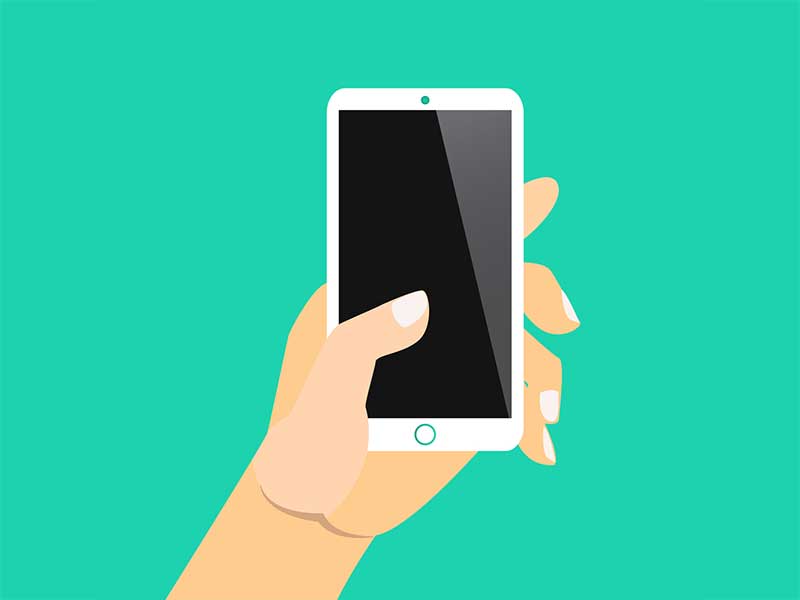 iPhone Won’t Turn On? Here’s Why & How to Fix It
iPhone Won’t Turn On? Here’s Why & How to Fix It 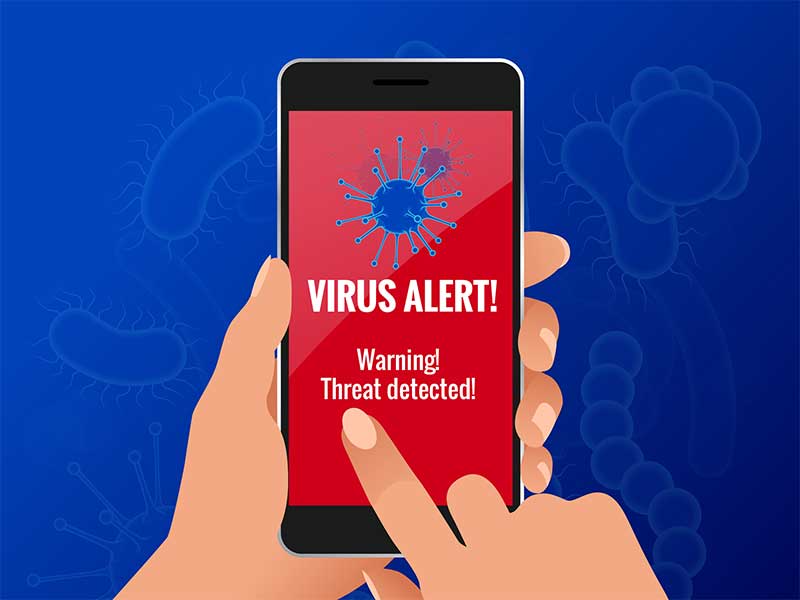 How to Know If Your Phone Has a Virus & How to Remove It
How to Know If Your Phone Has a Virus & How to Remove It 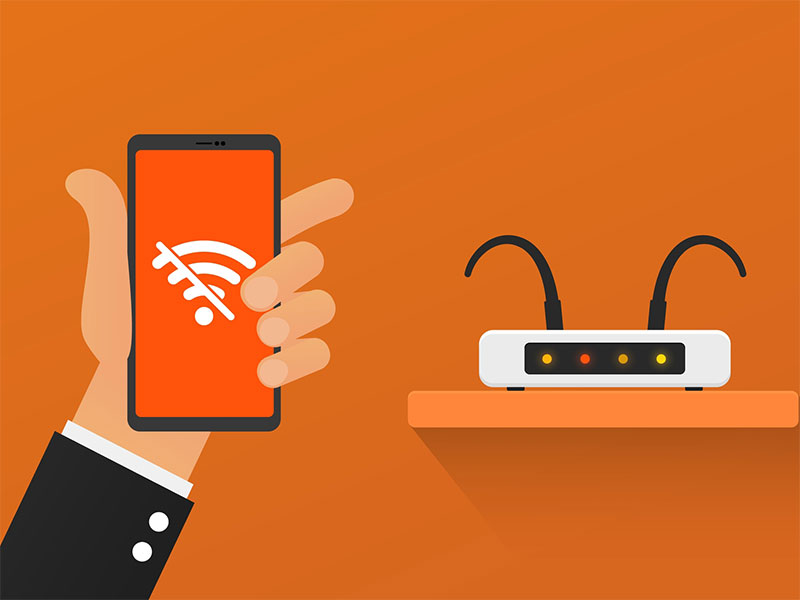 iPhone Won’t Connect to WiFi? Here’s How to Fix It
iPhone Won’t Connect to WiFi? Here’s How to Fix It 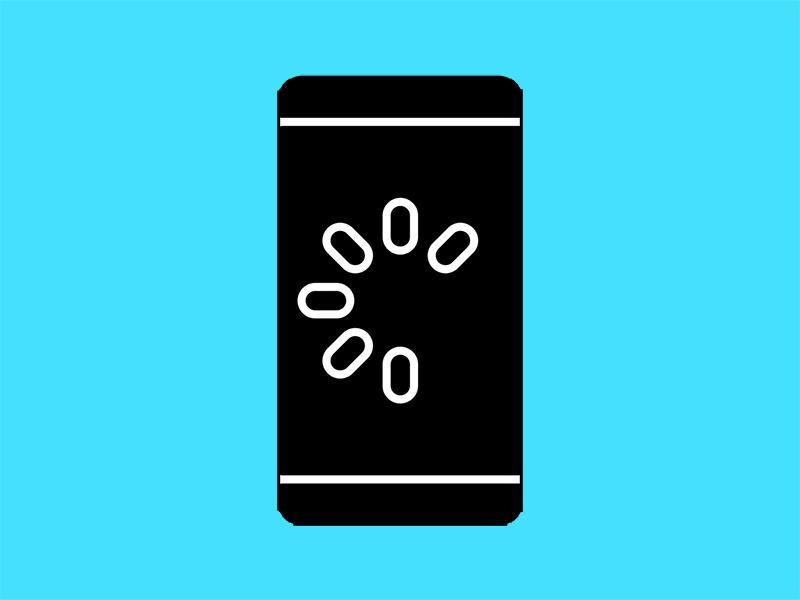 Why Your Phone is Slow & How to Speed It Up
Why Your Phone is Slow & How to Speed It Up  What Is a Burner Phone & When Should You Use One?
What Is a Burner Phone & When Should You Use One?  iPhone Water Damage Repair: 3 Options & What They Cost
iPhone Water Damage Repair: 3 Options & What They Cost 

